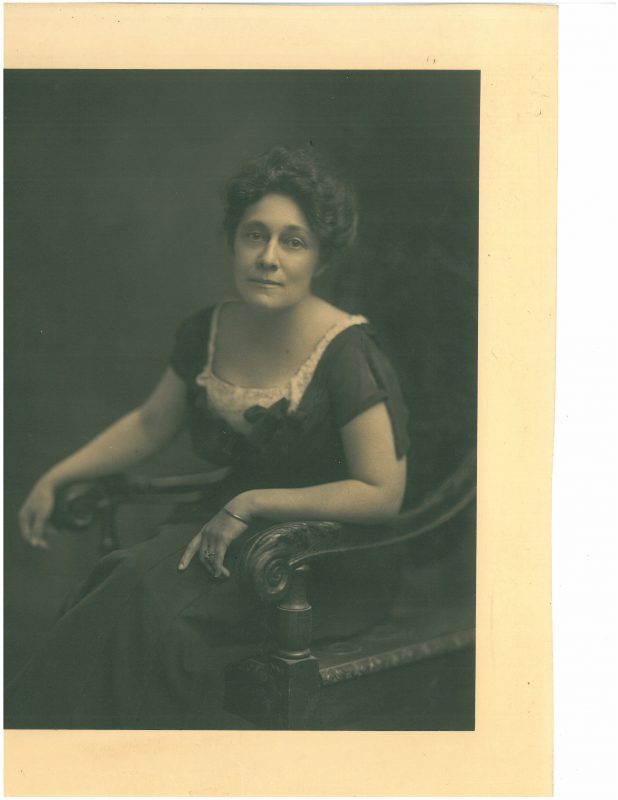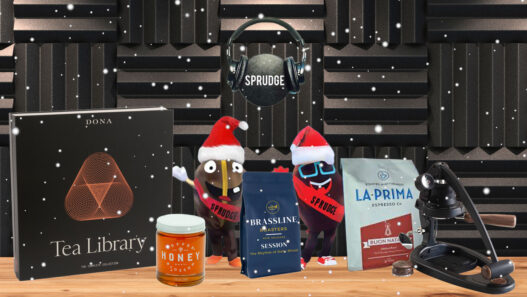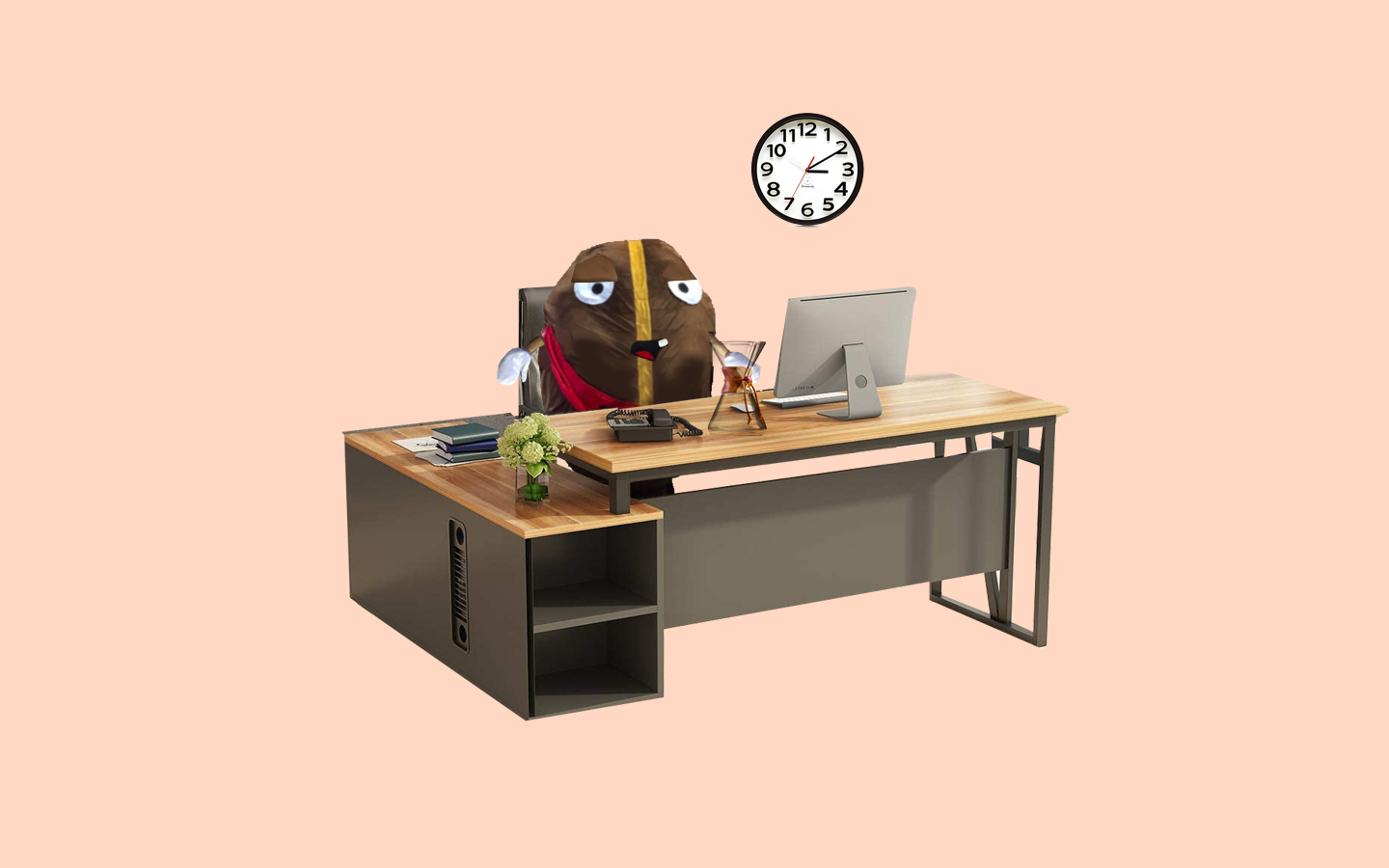
Out today from Arcadia Publishing’s American Palate imprint, a new coffee book by Sprudgie Award winning columnist and coffee professional Erin Meister. It’s called New York City: A Caffeinated History, and we think it’s the coffee book of summer 2017, weaving together an interrelated narrative of New York City’s history and ever-changing landscape with the city’s undying love affair with coffee.
Sprudge co-founder Jordan Michelman had the chance to read an advance copy of Meister’s new book, and sat down with the author digitally to learn more about the book’s lessons and creative process. If you love New York, or love coffee—or heck, both—this book is for you.

Hello Meister, thanks so much for talking with Sprudge and a huge congrats on your new book.
I want to start by asking a question I typically ask anyone with a new project. Who is this book for? Who is the ideal reader or user of this book?
I asked myself this question a lot while I was first drawing up the proposal and working on the early research, because this was not a book I really ever would have imagined myself writing. A few months in to the work, I was taking the Staten Island Ferry back to Manhattan after interviewing an octogenarian coffee broker out in the middle of basically “nowhere” by New York standards, and I stood on the deck, getting whipped around by the wind, looking out on the downtown skyline at night, and I fell in love with the city all over again.
I decided right then: This book is a love letter. You love coffee and you’re an ultra geek about it? There’s probably something in here for you, but really this is for anyone who just plain loves coffee and who loves New York City. If you love coffee but have never been to New York, I hope you love the city when you’re done reading this thing. If you love New York but don’t know a thing about coffee, hey, this is for you too. But you’ve gotta be ready to be in love. Or at least listen to me be in love.
NYC is a city in flux. I’m curious—how much (if any?) of these coffee landmarks are still around? I know you can still visit the Porto Rico on Bleecker, but have most of these iconic cafes and diners gone away?
Part of the magic of NYC is that it’s basically impossible to predict what will stay and what will vanish: A lot of the oldest companies eventually close and become something totally run of the mill, like a nail salon; others somehow endure against all odds. Porto Rico is a great example: The number of shuttered businesses up and down Bleecker Street is incredible, it’s a tough strip to make a living because rent is so high. Thankfully Peter Longo owns the building his Porto Rico flagship store is in, and his son is also in the business, so there’s some built-in longevity. Gillies Coffee Co., on the other hand, also used to have retail locations not far from Porto Rico, and closed them in the 80s when business dried up.
Lots of the really historic spots don’t exist anymore—the original Tontine and Exchange Coffee Houses don’t even have plaques, though there is a Gregory’s Coffee location at almost the exact spot of one of them, and good luck finding the Coffee Exchange building—but I feel like there’s always a kind of echo that exists in a place like that, where something you care about happened. I’ve definitely tracked down old addresses (Alice Foote MacDougall’s childhood home, for instance) and just stood outside the totally average-looking building just kind of imagining what they might have been like. There’s a beauty in that experience, too, I think.
As part of the release-week celebrations, I’m putting on an NYC Coffee History walking tour that will visit her childhood home, actually, as well as Porto Rico, Caffè Reggio (which still has the old espresso machine on display), the original Joe, the new Kobrick cafe, Ninth Street‘s roasting facility, and a Café Grumpy—a kind of mix of old and new. There’s definitely still plenty to visit, and places that are practically ancient and still open, doing good business.

Do you think the NYC $1 cup culture will ever change? Should it?
I absolutely think that the $1 New York coffee should and will always exist. Obviously my feelings on this are super complicated, right?
On the one hand I am completely positive that no coffee anywhere should be so cheap that you could sell it for $1 a cup and still make a profit. On the other hand, when you look at the demographics of coffee consumers in the city, and you look at the majority of people who are relying on those $1 coffees, there’s a kind of parallel there: They’re probably overworked, underpaid, trying to get by, surviving by wits, you know? That’s New York. So there’s something about the kind of balance that creates. It’s not ideal by any stretch of the imagination—coffee farmers should make more money, and coffee drinkers should have it within their means to pay more money for coffee, that would be the perfect circle—but it does capture a lot of the spirit of the place and that coffee culture for me.
If you took away those cups of coffee, what would those New Yorkers drink, Coke? I mean, anybody on earth can drink a Coke. But to stand on a corner with a blue bodega cup and a stack of napkins and an egg-and-cheese sandwich in a piece of foil, that’s New York to me, in a way, you know?

How did you approach balancing more recent history—Gorilla, Joe, Ninth Street—with telling a longer kind of New York Coffee history?
From the moment I got the assignment, I realized, “Aw shit, I’m definitely going to work on this for a year and by the time it comes out there will be tons of outdated stuff in it.” You kind of have to look at everything in New York as though it were ancient history, in a way, even if it’s still up and running and thriving—because you really never know.
The other fantastic thing about those three companies in particular, and Café Grumpy and that whole “generation” of specialty coffee, is that they actually are as influential as some of the much more historical things that happened in the industry there—they made (and make) an impact that’s felt as deeply as the founding of the Green Coffee Association, in a way, or in the invention of the modern roaster.
All of these individual acts and moments and companies feeds this larger huge “culture” that has become so distinctly New York, and that is both constantly changing but also constantly kind of staying true to a legacy of itself.

You’re very kind to some of the traditions outlined in this book — I’m thinking about the “creme de menthe” part on Porto Rico specifically, from page 101, where you outline the shop’s tradition of selling coffee with slivers of roasted almonds, etc. None of this is particularly “third wave”—does that matter? Were you intentionally trying to be, let’s say “quality agnostic” in telling these stories?
If there is one thing that I learned from doing the work here, it’s that “quality” is absolutely relative. I lived and worked in specialty coffee, in third-wave coffee, in New York since 2004: I went through my entire bratty barista phase there, with the disgusting too-ristretto shots and the terrible customer-service and the “we don’t do it that way” thing. I also learned about the finest coffees in the world there, I cupped for the first time and then for the umpteenth time and then led cuppings myself; I consumed who knows how many single-origin espressos; I taught extraction classes and helped people open coffee shops that only have pour-over coffee and don’t offer milk and sugar.
And you know what? I never—in all of that time—had the mind or heart open enough to meet the people I met and interviewed for this book, and to a person—Donald Schoenholt, Scott Tauber, Stefanie Kyles, Steve Kobrick, Peter Longo, Saul Zabar, Sterling Gordon, every one of them and so many others—they have forgotten more about coffee than I have even learned yet. Two years ago if you had mentioned Porto Rico to me, I’d have shrugged it off—whatever, that’s flavored stuff. Today, I look at that place and I can see the customers going in there, and the incredible experience they have (it’s a truly magical place from a customer-service standpoint), and I see how happy that coffee makes people, and I realize I’ve learned a lot about what I think quality actually means. It doesn’t always mean high-altitude high-density single-origin 20% extraction in special hand-thrown pottery. Sometimes it simply means, “Does something about this coffee bring me joy?” It’s not that I can’t recognize actual objective sensory coffee quality on a cupping table, but it means I have changed my views about what quote-unquote QUALITY is in coffee, absolutely.
Do I still want to go to all the really interesting innovative new shops doing super far-out quality-obsessed things, and have my mouth exploded? Absolutely. But there’s New York Coffee and then there’s coffee in New York, to me, and I’m going at both of those experiences with totally different expectations, and whether that speaks to “quality” or not I’m not entirely sure anymore.
I’m curious, did you do most of the work for this book from Minneapolis, or was it written in New York?
For about a year, I joked that I was commuting between Minneapolis and New York for work. I spent a lot of time going back East to take interviews and to do research, and I also did a lot of work remotely in Minneapolis. The New York Public Library is almost an embarrassing resource if you’re doing research like this: I’m so glad I still have my library card, holy buckets. Did you know that you can access the entire archive of The New Yorker online if you have an NYPL card? Or JStor?? I couldn’t have done this work without that institution, no question. Shout out to the New York Public Library, hands in the air!
If you were to write another municipal coffee history book like this one, which city would you choose and why?
Oh wow, I feel like I will absolutely answer this wrong! Everyone would probably say Seattle, right? I think that would obviously be a great book, but I would be really interested in New Orleans and San Francisco, because they’re both also big port cities, with a lot of the industry side of stuff in their histories, and very diverse immigrant populations that color the coffee-drinking cultures.
If you could hold a kaffeeklatsch with five iconic New Yorkers, living or dead, whom would you pick and why?
The five New Yorkers I’d love to put into a room together, pour the Scotch, and then sit back and listen to would probably be Truman Capote to keep things funny and bitchy; Jane Jacobs for the scrappy activism; Amy Sedaris because I actually still really need to apologize to her for the bunny thing; Neil deGrasse Tyson for the mind-blowing wonderment; and Theodore Roosevelt for the grandiose personality and probably to challenge NdGT to a boxing match. Actually maybe he’d challenge Amy Sedaris to a boxing match, and then I’d have two things to apologize to her for.
Thank you.
New York City Coffee: A Caffeinated History is out now from American Palate.
Jordan Michelman is a co-founder and editor at Sprudge Media Network. Read more Jordan Michelman on Sprudge.























